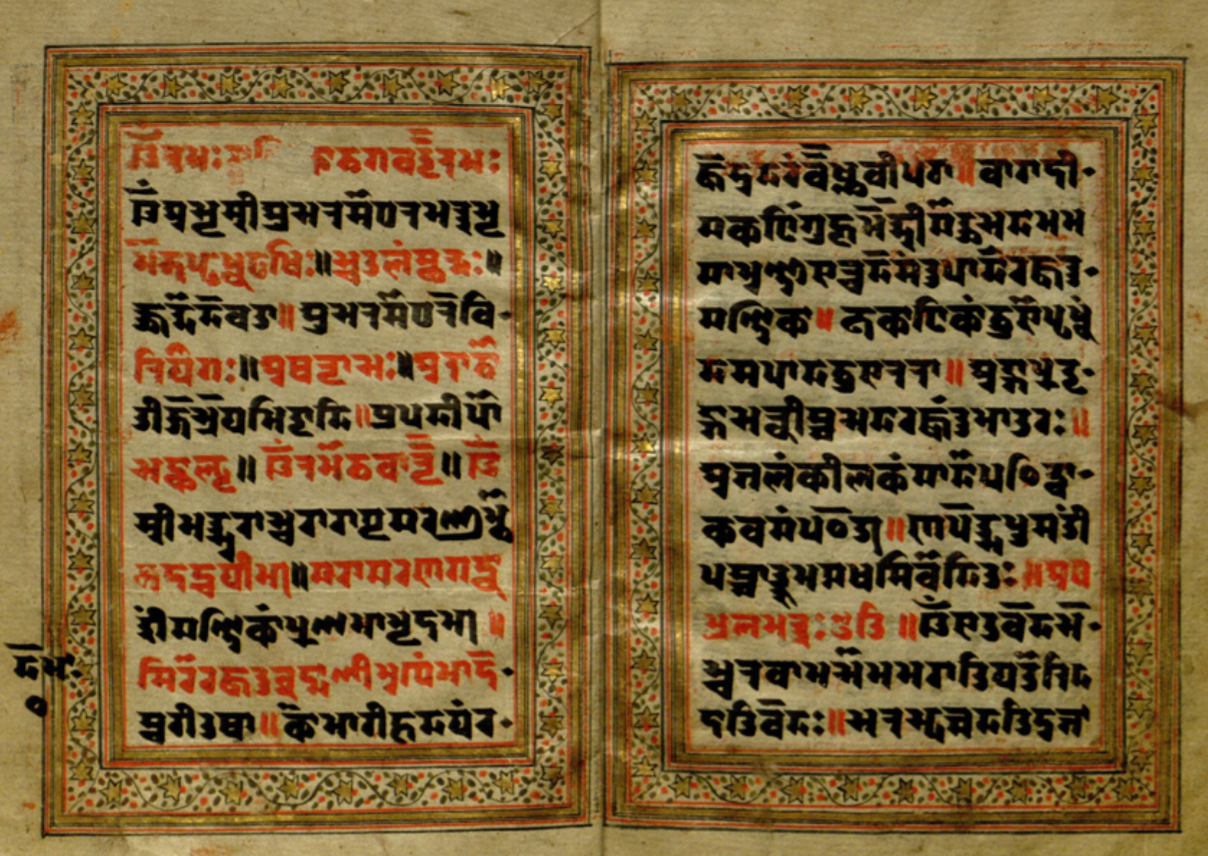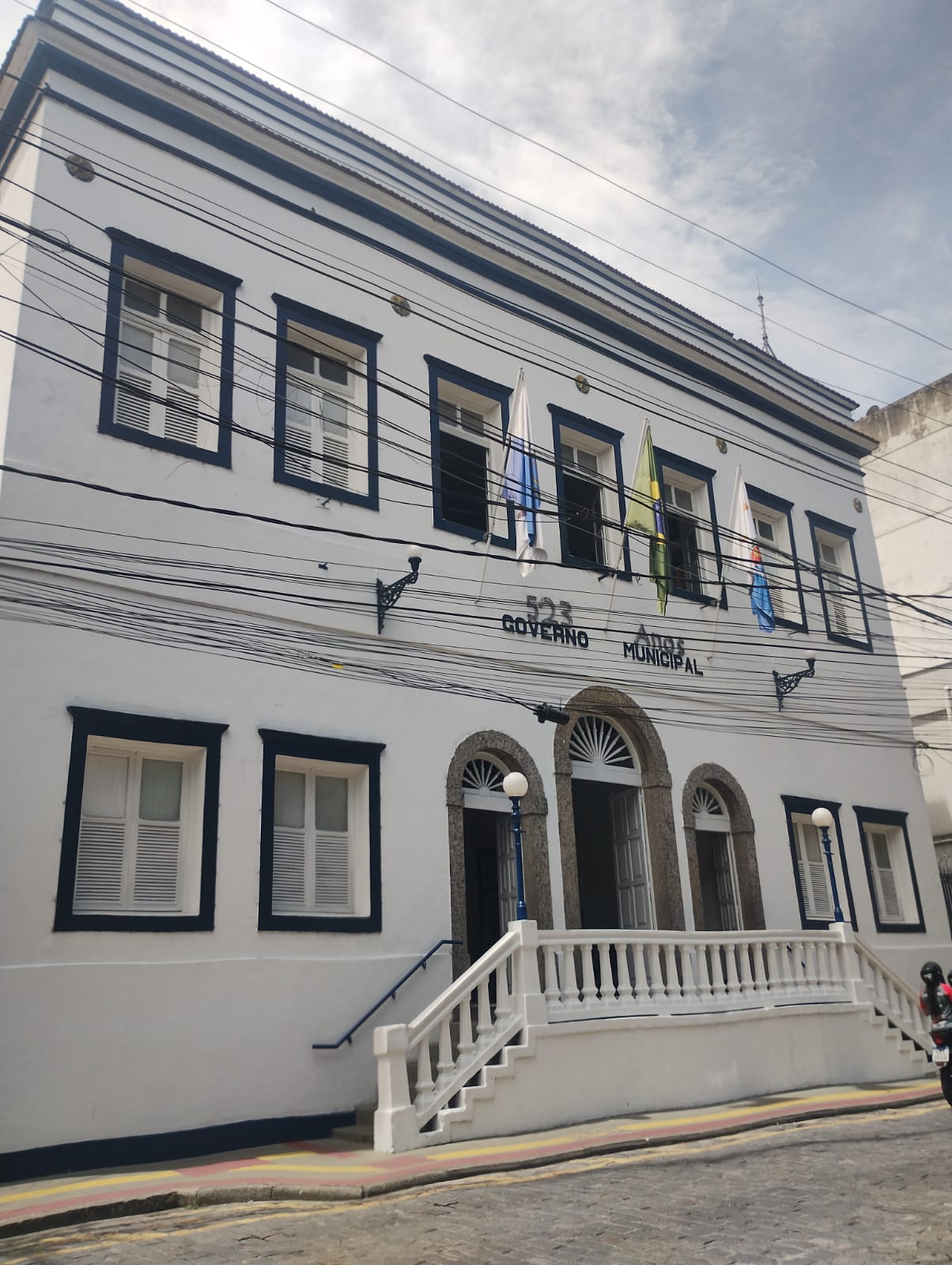Preserving Durga Saptashati manuscripts

The Indira Gandhi National Centre for the Arts, established by the Ministry of Culture, is a centre encompassing the study and experience of all the arts – each form with its own integrity, yet within a dimension of mutual interdependence, interrelated with nature, social structure, and cosmology. Being a premier institute of art and Indian culture, IGNCA is a home to many significant Indian heritages and precious memories which have been preserved by them with care. Through diverse programs of research, publication, training, creative activities and performance, the IGNCA has placed the arts within the context of the natural and human environment.
CHALLENGE
IGNCA is a custodian of various heritage artwork as well as some of the oldest manuscripts from ancient times. These very important manuscripts have been digitized by IGNCA and the only way they could store the digital version was by constantly migrating the digital data. They were looking for a passive storage solution which would ensure availability of these manuscripts for centuries to come and benefit the future generations. Piql presented them with a solution to embed the digital data on Piqlfilm and preserve it for centuries with no migration or active management requirement. As a pilot project IGNCA along with Ministry of Culture chose Durga Saptashati Manuscripts to be put on Piql film and stored for eternity in the Arctic World Archive. These manuscripts are estimated to be composed between 400 and 600 AD. The digital images of the Durga Saptashati are now safely stored on Piqlfilm in the Arctic Mountaints as a part of the World Memory treasure.
BACKGROUND
The Durga Saptashati (Devi Mahatmya) literally means the ‘Glory of the Goddess’. It is a revered Sanskrit text describing the Goddess as the supreme power and creator of the universe. It is embedded in the Markandeya Purana, and estimated to have been composed between 400 and 600 AD. It is also known as the Chandi Patha. The text contains 700 verses arranged into thirteen chapters. Along with Devi-Bhagavata Purana and Shakta Upanishads such as the Devi Upanishad, it is one of the most important texts of Shaktism (goddess) tradition within Hinduism.
The Durga Saptashati (Devi Mahatmya) describes a storied battle between good and evil, where the Devi manifesting as goddess Durga leads the forces of good against the demon Mahishasura—the goddess is very angry and ruthless, and the forces of good win. In peaceful prosperous times, states the text, the Devi manifests as Lakshmi, empowering creation and happiness. The verses of this story also outline a philosophical foundation wherein the ultimate reality (Brahman in Hinduism) is female. The text is one of the earliest extant complete manuscripts from the Hindu traditions which describes reverence and worship of the feminine aspect of God.
SOLUTION
Durga Saptashati Manuscripts were shared with Piql by IGNCA where we did all the necessary quality checks and then these Manuscripts were printed digitally on to piqlFilm. The data was then stored in Arctic World Archive during the ceremony held on September 23, 2021, located deep inside a mountain on the arctic island of Svalbard, Norway. This vault is one of the safest locations in the world for storing data as it is built to endure the test of time, safe from natural and man-made disasters.
Data stored here can last for centuries with guaranteed future accessibility. Ensuring that the valuable data stored is safely carried on into the distant future for the benefit of future generations.
Depositing Durga Saptashati -Ancient Rare Manuscripts in the Arctic World Archive is a very significant event in the Indian Heritage Preservation as Durga Saptashati is one of the most important Scripture especially with respect to Hindu traditions.
Professor (Dr.) Ramesh C Gaur Dean & Head Kalanidhi Division


